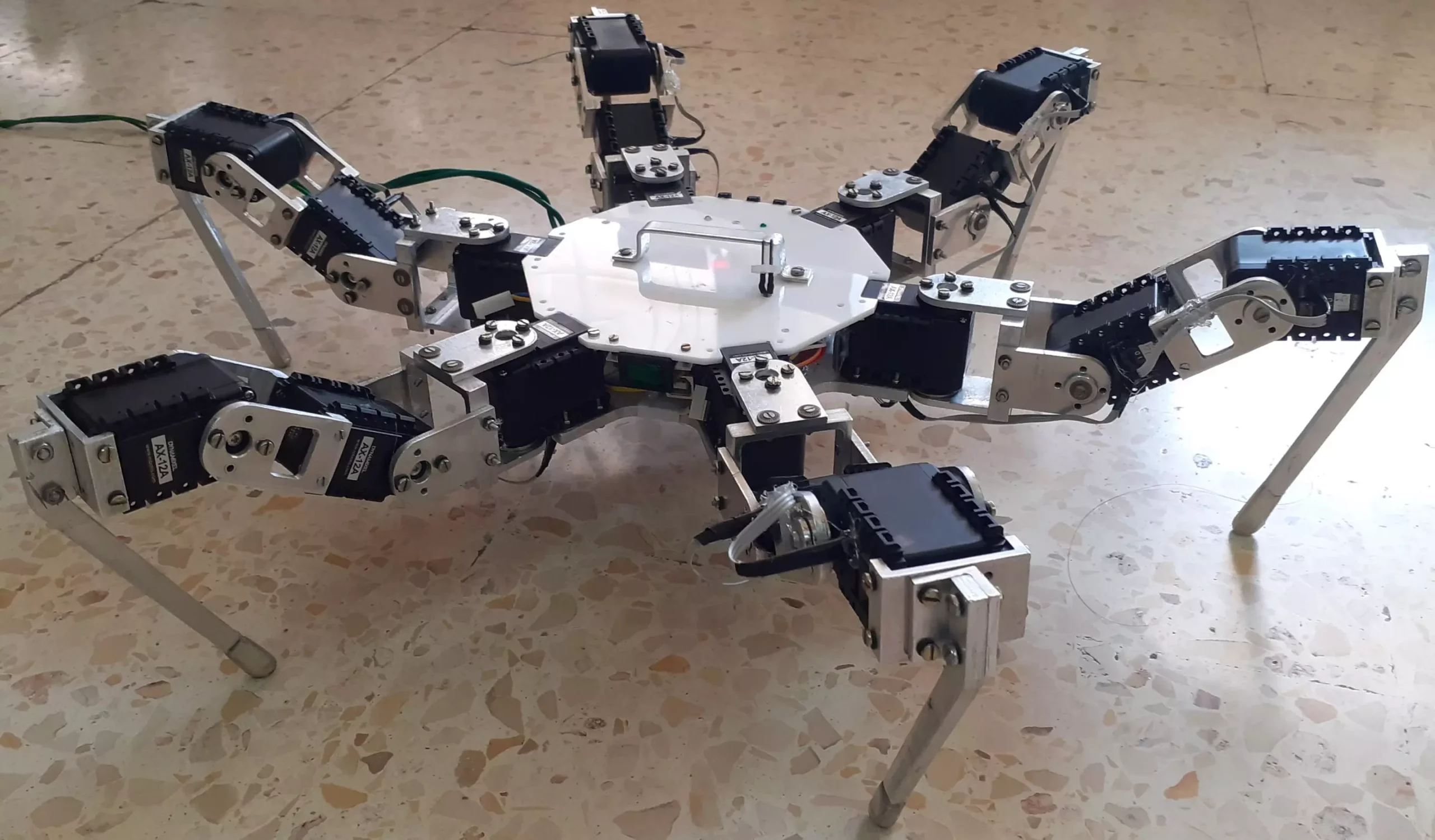Legged robots have the potential to navigate through complex terrains swiftly and efficiently, making them valuable assets in missions that require adaptability and agility. Inspired by the body structures of animals, these robots are designed to move seamlessly through various environments. Recently, researchers at the Higher Institute for Applied Science and Technology in Damascus, Syria, introduced a groundbreaking method to enhance the gait control of hexapod robots. This new technique, based on central pattern generators (CPGs), mimics the neural networks responsible for rhythmic movements in humans and animals.
Innovative Control Architecture
The core of the researchers’ work lies in the design and simulation of a six-legged robot that serves as a platform to test their control architecture based on CPGs. Each leg of the hexapod robot is governed by a distinct rhythmic signal, with phase differences between signals defining different gaits. By focusing on the interaction design among oscillators, the researchers ensured seamless transitions between gaits. Additionally, they developed a workspace trajectory generator to translate oscillator outputs into effective foot trajectories, maintaining stability and efficiency during gait changes.
The results of the researchers’ experiments were promising, with the control architecture enabling stable, efficient, and swift changes in gait both in simulations and in a real hexapod robot. According to Kifah Helal, the corresponding author of the paper, the fusion of fluidity and quickness sets their work apart from previous efforts. The mapping function they validated ensures the effectiveness of the robot’s foot trajectory throughout gait transitions. This new architecture opens up possibilities for further experiments and applications in other legged robots, enhancing their adaptability to changing environments while maintaining agility.
In their future studies, Helal and his colleagues plan to delve deeper into machine learning to refine their robot’s environmental adaptability. They aim to address potential malfunctions and enhance performance when facing challenging terrains. By exploring malfunction compensation and integrating pain sensing as feedback mechanisms, the researchers hope to further improve the capabilities of legged robots in navigating varying terrains with ease. The research presented by this team could pave the way for advancements in the field of robotics, revolutionizing the way robots move and adapt to their surroundings.


Leave a Reply